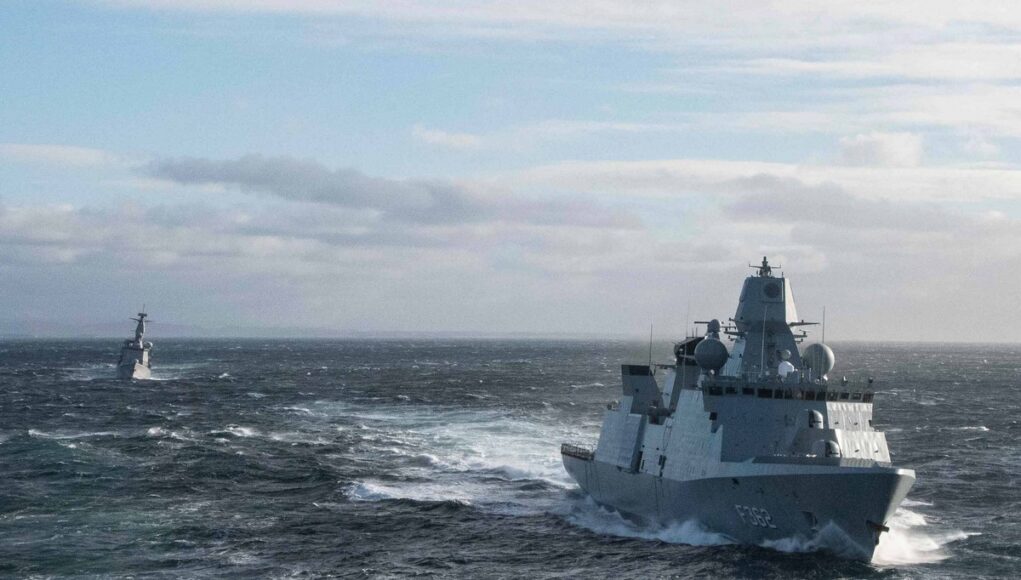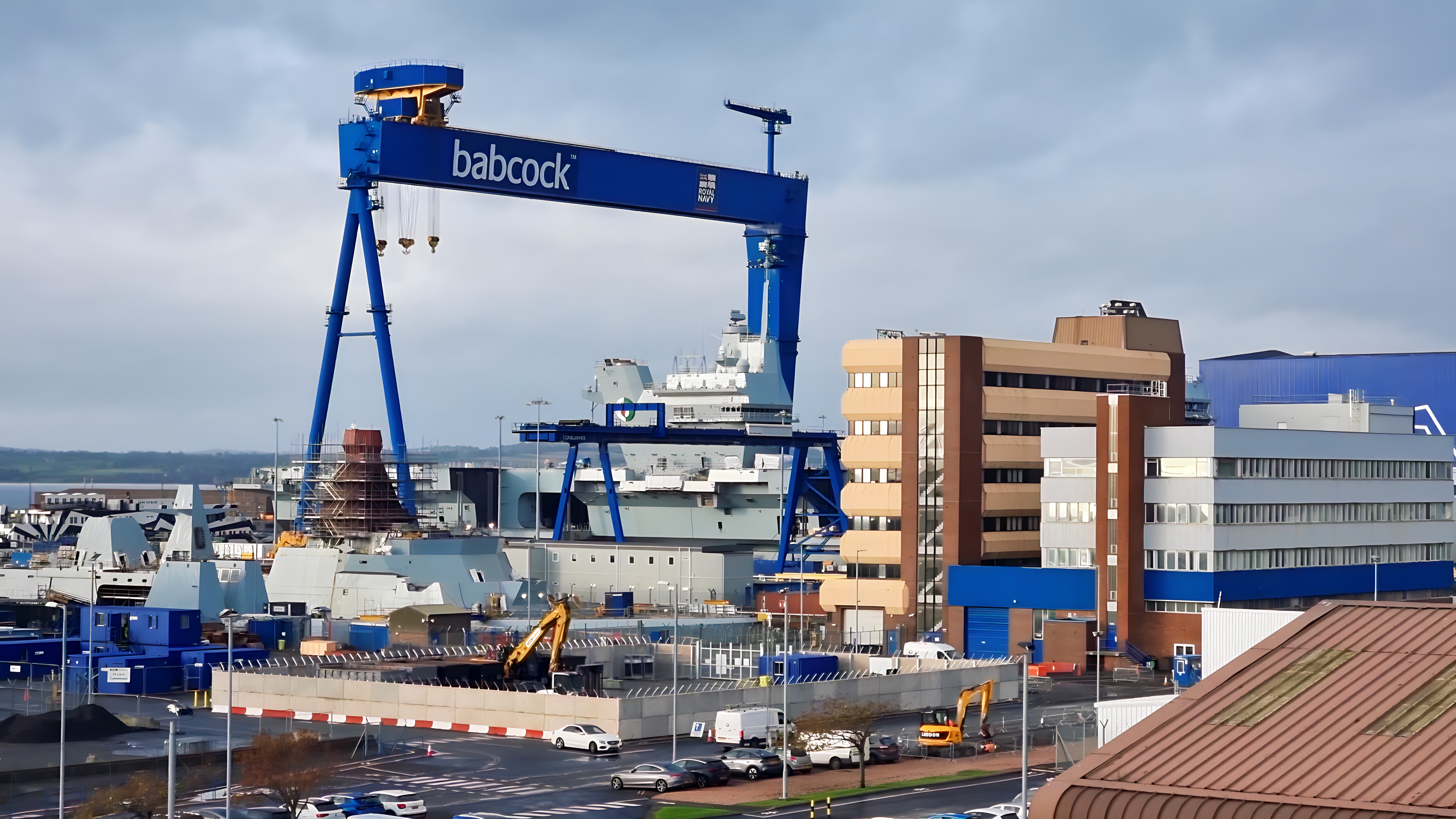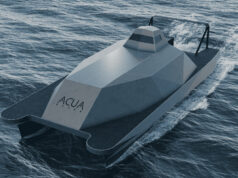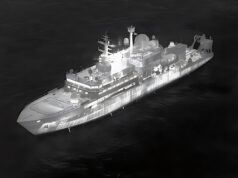Allied mine countermeasures ships and divers have expanded their remit to include the protection of critical undersea infrastructure during Exercise Sandy Coasts 25, the UK Defence Journal understands.
The annual training event, hosted this year by the Royal Netherlands Navy, took place off Delfzijl and in the North Sea around the Wadden Islands.
According to NATO, the two-week exercise that began on 15 August 2025 tested Allied forces in mine warfare, harbour protection and naval cooperation. For the first time, the programme also incorporated the monitoring and safeguarding of subsea infrastructure, reflecting growing concern over the vulnerability of pipelines, cables and ports to hostile action.
Nations taking part included the Netherlands, Belgium, France, Estonia and Standing NATO Mine Countermeasures Group One (SNMCMG1). The task group was reinforced by Dutch minehunter HNLMS Willemstad and Belgian minehunter BNS Lobelia.
The scenario included a focus on Groningen’s Eemshaven, a key port identified by NATO as vital for host nation support. In the event of conflict, the port would act as a staging hub for equipment and personnel, making its defence a central theme of the exercise.
SNMCMG1 is one of four standing NATO maritime task groups that form the backbone of the Alliance’s Allied Reaction Force. NATO said these units provide a continuous capability to operate across the full spectrum of missions and demonstrate Allied solidarity.
A statement from NATO’s Allied Maritime Command (MARCOM) described Sandy Coasts as “a crucial role in strengthening partnerships and enhancing the capabilities necessary to ensure safe and secure seas.”













